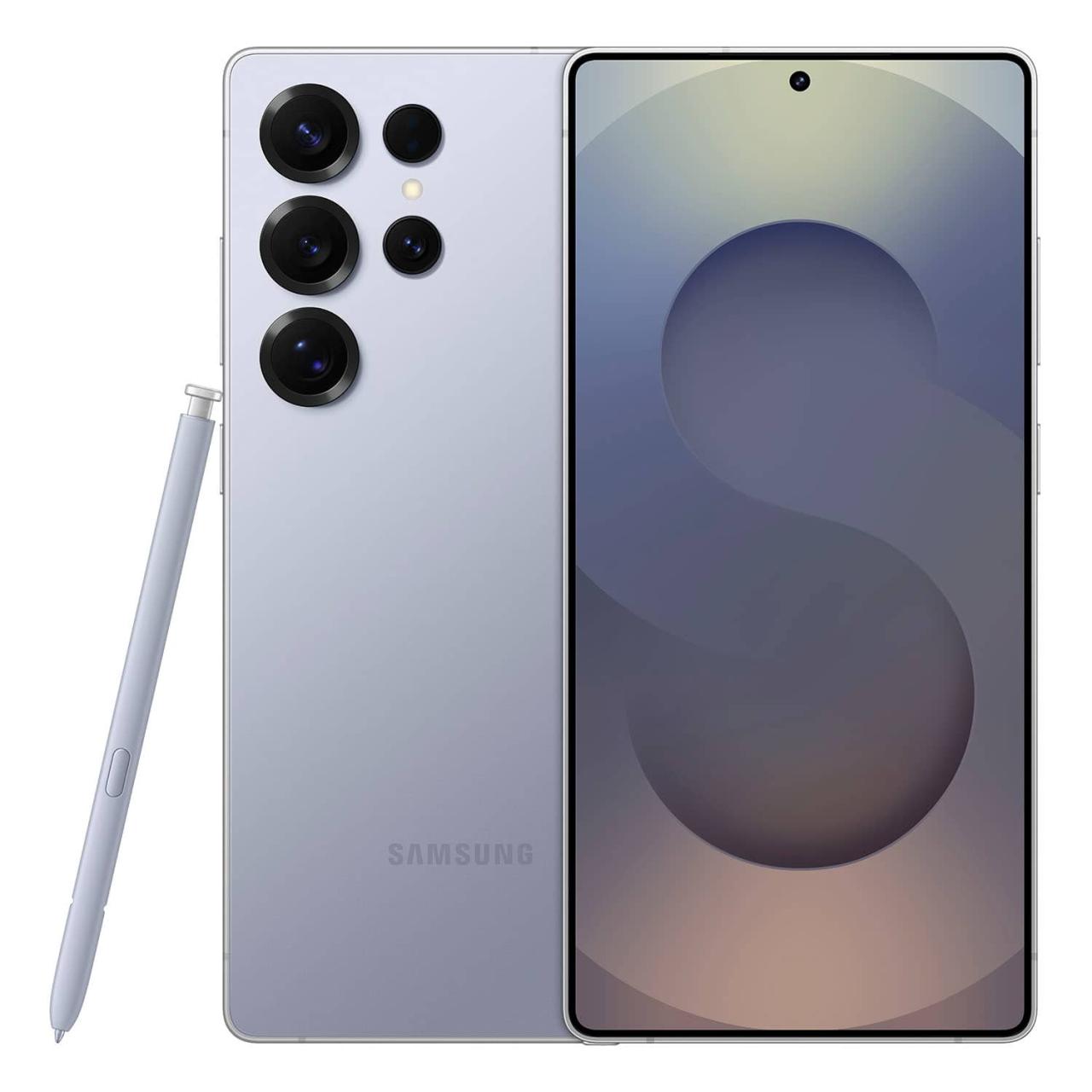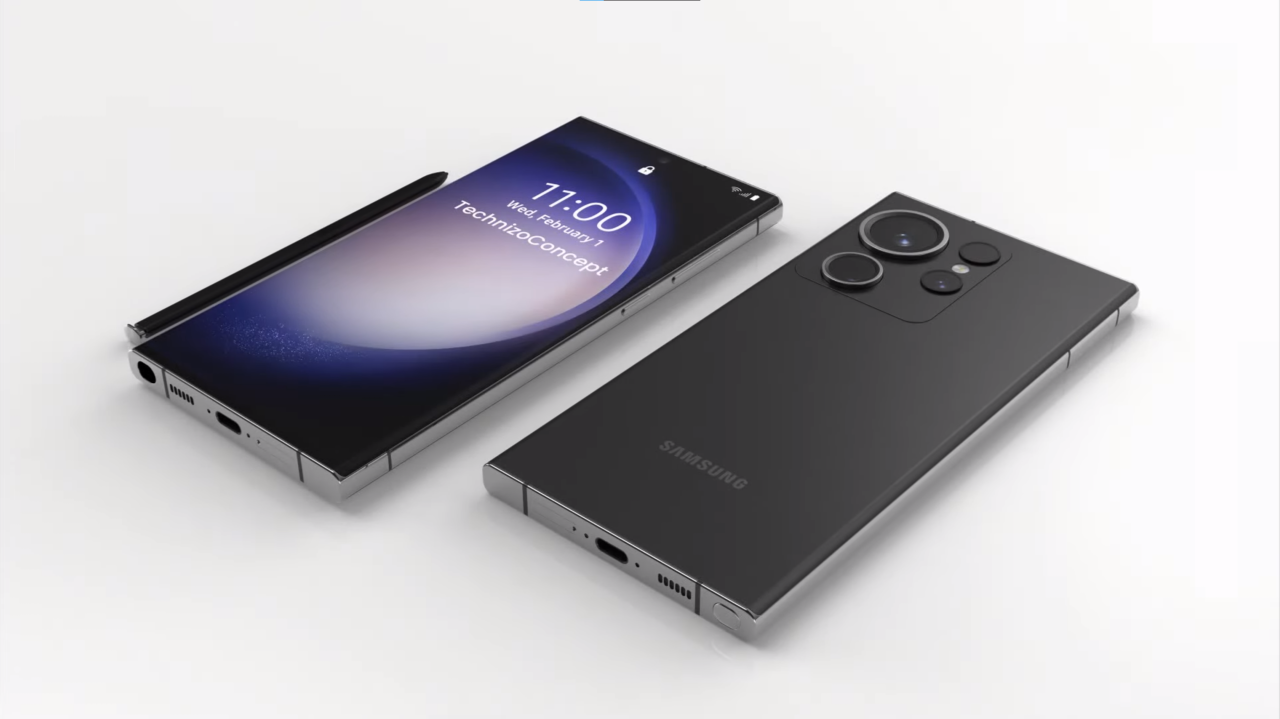samsung note7 stands as a remarkable chapter in the saga of smartphone evolution, captivating audiences with its innovative features while simultaneously embroiled in controversy. Released with high expectations, the Note 7 quickly garnered attention for its sleek design, powerful performance, and advanced camera capabilities, making it a must-have for tech enthusiasts. However, the excitement was marred by serious safety concerns that would forever alter its legacy.
The Note 7’s development journey highlights the complexity of modern smartphone manufacturing, showcasing both the brilliance of its engineering and the pitfalls that can arise in pursuit of technological advancement. From its initial rave reviews to the shocking recall, the story of the Samsung Note 7 is one of ambition, failure, and ultimately, transformation within the industry.
Samsung Note 7 Overview

The Samsung Note 7 marked a significant milestone in the evolution of mobile technology, introducing features that combined innovation with user-friendly design. Launched in August 2016, the Note 7 was positioned as a premium device that aimed to cater to both productivity and entertainment needs of its users. This overview delves into the development history, key features, and initial reception of the Samsung Note 7, showcasing its impact on the smartphone market.
Development History
The development of the Samsung Note 7 can be traced back to its predecessors, the Note 5 and the Note 6 (which was a market-specific version of the Note 5). The decision to skip the “Note 6” branding was a strategic move to align the model with the Galaxy S7 series, creating a sense of continuity and premium appeal. Samsung invested heavily in R&D to incorporate advanced features, such as a refined S Pen, enhanced camera capabilities, and a more immersive display, making the Note 7 a flagship device.
Key Features
The Samsung Note 7 introduced several noteworthy features that contributed to its popularity. These features not only appealed to tech enthusiasts but also to everyday users looking for a reliable smartphone. Key highlights include:
- Infinity Display: A 5.7-inch Quad HD AMOLED screen that provided vibrant colors and stunning visuals, making it ideal for multimedia consumption.
- Improved S Pen: The S Pen was enhanced with finer tips and improved pressure sensitivity, making it more effective for note-taking and creative tasks.
- Water and Dust Resistance: The IP68 rating allowed users to use the device in various environments without fear of damage from water or dust.
- Advanced Camera Technology: Featuring a 12 MP rear camera with dual pixel technology and an f/1.7 aperture, it offered exceptional low-light performance and fast autofocus.
- Security Features: The Note 7 included an iris scanner, which, alongside the fingerprint scanner, provided enhanced security for user data.
Initial Reception and Reviews
Upon its release, the Samsung Note 7 received overwhelmingly positive reviews from both consumers and critics, praising its design, performance, and features. Reviewers highlighted the following aspects:
“The Samsung Note 7 is a perfect blend of power, productivity, and style, positioning itself as a top choice for mobile professionals.”
Consumers appreciated the seamless performance and the versatile S Pen, while critics pointed out the device’s premium build quality and impressive display. However, as the device started to roll out, reports of battery issues began to emerge, which unfortunately marred its initial success and led to a global recall shortly after launch.
The Note 7 experience serves as a reminder of how innovation can be both a boon and a challenge in the fast-evolving smartphone landscape, ultimately shaping Samsung’s future product strategies.
Issues and Controversies
The Samsung Note 7 faced significant challenges that ultimately led to its infamous recall, becoming a landmark case in the smartphone industry. The combination of technical problems and subsequent controversies not only impacted Samsung’s reputation but also raised serious questions about battery safety standards in mobile devices.
The technical issues surrounding the Samsung Note 7 were primarily attributed to its lithium-ion batteries, which exhibited a tendency to overheat and, in some cases, catch fire. Two distinct battery manufacturing defects were identified: one from Samsung SDI, which supplied the first batch of batteries, and another from Amperex Technology Limited (ATL), responsible for the second batch. These defects arose from problems such as improper battery cell design, insufficient insulation, and manufacturing errors. The culmination of these issues led to over 100 reported incidents of battery failures, with some resulting in property damage and injuries.
Statistics on Battery Failures, Samsung note7
The scale of the incidents associated with the Samsung Note 7 was alarming. In total, Samsung received 96 reports of batteries overheating in the United States alone, leading to the recall of approximately 2.5 million devices globally. The U.S. Consumer Product Safety Commission (CPSC) launched an investigation and confirmed that at least 26 incidents involved explosions. The financial implications were staggering, with Samsung estimating a loss of nearly $5 billion due to the recall and subsequent damage to its brand image.
Samsung’s Response to Controversies
In light of the controversies surrounding the Note 7, Samsung implemented a comprehensive response strategy to regain consumer trust. The company initiated a formal recall on September 15, 2016, offering customers the option to exchange their devices for new ones or receive a full refund. To enhance safety measures, Samsung established a Battery Advisory Group, composed of external experts, to conduct thorough research on battery safety issues. Additionally, the company implemented a new eight-point battery safety check, which included rigorous testing and quality control protocols to prevent similar incidents in the future.
Samsung’s proactive communication strategy was also notable. The company issued regular updates to inform consumers about the recall process and safety measures, alongside a coordinated media campaign to address public concerns. By November 2016, Samsung officially ceased production of the Note 7 and withdrew the device from the market entirely, a decision aimed at ensuring consumer safety above all else.
“The Galaxy Note 7 is an important reminder of the need for vigilance in product safety.”
Impact on the Smartphone Industry

The Samsung Note 7’s recall marked a watershed moment in the smartphone industry, reshaping consumer perceptions and regulatory frameworks. This incident not only tarnished Samsung’s reputation but also had lasting implications for manufacturers and consumers alike. The fallout from the Note 7 disaster drove home the importance of safety in technology, triggering an industry-wide reassessment of practices and policies.
Consumer Trust and Manufacturer Accountability
The Note 7 debacle significantly eroded consumer trust in smartphone manufacturers. As users faced the potential hazards of carrying a device that could ignite, concerns about product safety surged. This shift in consumer sentiment compelled manufacturers to prioritize transparency and accountability.
- Surveys conducted post-recall revealed that 78% of consumers were more cautious about purchasing smartphones from brands with a history of safety issues.
- In response, manufacturers have since adopted more rigorous testing protocols and have made safety a key marketing proposition.
- The incident also prompted companies like Apple and Google to enhance their safety communication strategies, alerting consumers about updates and safety measures effectively.
Influence on Safety Regulations in the Smartphone Industry
The Note 7 recall prompted a reevaluation of safety standards and regulations within the smartphone industry. Regulatory bodies recognized a need for stricter guidelines to mitigate the risk of similar incidents in the future.
- In 2017, the U.S. Consumer Product Safety Commission (CPSC) introduced new safety regulations, mandating that manufacturers disclose battery testing results and safety certifications.
- Internationally, various regions instituted their own safety standards, influencing how devices are tested and certified before they reach the market.
- This increased focus on safety has led to the establishment of organizations, such as the Battery Safety Council, to create collaborative industry standards.
Comparison with Other Smartphone Recalls
The impact of the Note 7 incident parallels other significant smartphone recalls. By examining these events, we can gain insight into the broader implications of safety failures in the tech industry.
- The iPhone 6 Plus “Bendgate” controversy in 2014, while not a safety hazard like the Note 7, raised concerns about design integrity, leading to increased scrutiny of build quality.
- Similarly, the Galaxy S7 recall due to battery issues highlighted the importance of proactive product safety measures and consumer protection.
- The HTC One’s overheating issues also underscored the need for comprehensive thermal management in device design.
“The Note 7 incident serves as a pivotal lesson for all smartphone manufacturers: consumer safety cannot be an afterthought.”
Legacy and Lessons Learned: Samsung Note7

The Samsung Galaxy Note 7 incident marked a watershed moment in the smartphone industry, instigating significant shifts in design and manufacturing practices. As a result of the challenges faced during the Note 7’s lifecycle, manufacturers began to reassess their approach to safety, quality control, and customer communication. These changes are not merely reactions; they are proactive measures aimed at safeguarding both consumers and corporate reputations in an increasingly competitive market.
The Note 7’s battery failures highlighted the critical importance of robust testing and quality assurance processes before product launches. The repercussions of these failures resonated across the industry, leading to a reevaluation of existing protocols and the establishment of new standards designed to enhance safety and reliability.
Lessons Learned by Manufacturers
The Note 7 incident underscored several vital lessons for smartphone manufacturers, significantly influencing their operational strategies. These key takeaways include:
- Enhanced Quality Control: Manufacturers recognized the need for more stringent quality assurance processes. Rigorous testing protocols were developed to ensure that every component, especially batteries, meets high safety standards.
- Transparent Communication: The importance of maintaining open lines of communication with customers was emphasized. Companies learned to provide timely updates and clear instructions during crises to build trust and mitigate panic.
- Robust Risk Assessment: The incident prompted a paradigm shift in risk management practices. Manufacturers began to adopt comprehensive risk assessment frameworks during the design and development phases.
- Collaboration with Third-Party Experts: The need for collaboration with external experts in battery technology and safety became apparent. Engaging specialists can help identify potential issues before they escalate.
Design Changes in Future Samsung Devices
In direct response to the lessons learned from the Note 7, Samsung implemented several design changes in subsequent devices to enhance safety and performance. The following adjustments reflect a commitment to consumer safety and technology advancement:
- Battery Safety Features: New multi-layer safety technologies were introduced, including a battery management system that monitors temperature and voltage to prevent overheating.
- Improved Battery Testing: Samsung adopted a more rigorous battery testing process known as the 8-Point Battery Safety Check, which assesses factors such as durability, electrical tests, and more.
- Design Tweaks: Adjustments were made to the internal layout of devices to allow for better heat dissipation and reduce the risk of physical damage to the battery.
- Focus on User Education: Samsung initiated programs aimed at educating users about battery care and safety, ensuring they are informed about best practices for device usage.
User Testimonials and Insights
Those who experienced the Note 7 firsthand have shared a range of perspectives, reflecting both the shock of the incident and the lessons they took away from it. Their testimonials provide valuable insights into consumer sentiments and expectations.
“I loved the Note 7’s features, but the fear of it exploding made me paranoid every time I used it. I learned to be cautious with my devices, always checking for recalls and issues.” – Former Note 7 User
“The Note 7 was my favorite phone until the problems started. It taught me that no device is beyond issues, and I now pay closer attention to battery safety.” – Another User
These voices illustrate the significant impact of the Note 7 incident not only on Samsung but also on users, who have become more vigilant and informed consumers as a result.
FAQ Guide
What were the key features of the samsung note7?
The Samsung Note 7 featured a 5.7-inch Super AMOLED display, a powerful Snapdragon 820 processor, an advanced dual-pixel camera, and water resistance, making it an attractive choice for users.
How did Samsung respond to the Note 7 recall?
Samsung initiated a global recall, offering exchanges for safe devices and enhancing its battery safety protocols to restore consumer trust.
What lessons did other manufacturers learn from the Note 7 incident?
Other manufacturers learned the importance of rigorous testing and quality control, as well as the need for transparency in addressing safety issues.
Did the Note 7 controversy affect Samsung’s reputation?
Yes, the Note 7 controversy initially damaged Samsung’s reputation, but the company worked hard to regain consumer trust through improved safety measures and transparency.
Are there any lasting design changes due to the Note 7 issues?
Yes, subsequent Samsung devices included enhanced battery management systems and more stringent testing protocols to prevent similar issues.
The Samsung S 19 is making waves with its cutting-edge features and sleek design, catering to tech enthusiasts and everyday users alike. Its enhanced camera capabilities and powerful performance are setting new benchmarks in the smartphone industry, ensuring that users enjoy a seamless experience whether for productivity or leisure.
While the Samsung Note7 faced significant challenges in its release, it remains a pivotal model in Samsung’s history. The Note7 showcased innovative technology and a stunning display that many users still reminisce about. Despite its setbacks, it paved the way for advancements in future devices, highlighting the importance of safety in smartphone design.